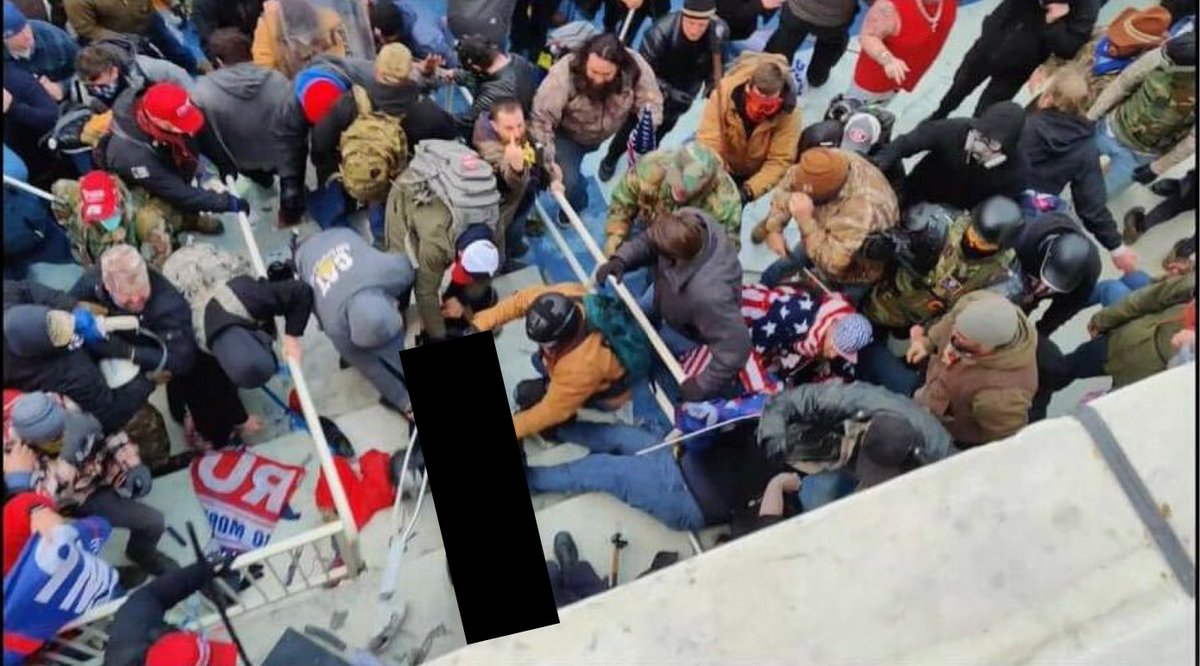
Thanks to our crowdsourced effort in finding new research leads from the travel itineraries of the FSB team that poisoned Navalny, we found three new apparent poison victims:
bellingcat.com/news/uk-and-eu…
bellingcat.com/news/uk-and-eu…
The first of the victims is Timur Kuashev, a 26-year-old journalist from Nalchik, in the North Caucasus. Kuashev blogged about local politics on Livejournal and was frequently faced with death threats for his work. In particular, he covered a high-profile criminal case from 2005. 

Kuashev died in July 2014 after being abducted while walking to the theater. His body was found in a forest over a dozen kilometers from his home the next day.
The official coroner's reporter did not find any foul play, and pointed to "heart failure", despite the fact that his face had fresh bruises, and traces of an injection in his armpit, applied shortly before his death.
Later, Kuashev’s blood was further tested for poison. Who carried out this analysis? The FSB’s Criminalistics Institute -- the poisoning team that is the subject of this investigation.
In fact, the document was signed by none other than Vasily Kalashnikov, with whom Konstantin Kudryavtsev traveled with on his trip to clean up the Navalny poison operation in Omsk. 
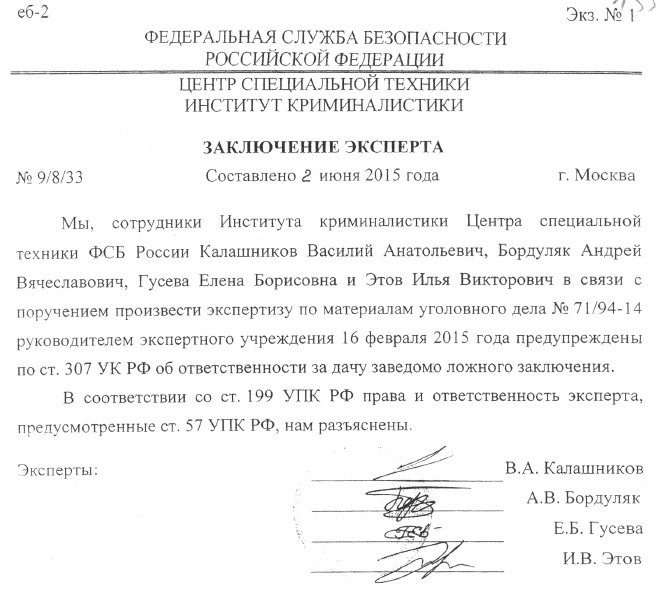
Five members of the FSB poison squad made trips to Nalchik and nearby before Kuashev's death, including our old friend Kudryavtsev (from the long phone call with Navalny), Ivan Osipov, Alexey Alexandrov, and two new FSB officers we've discovered: Denis Machikin & Roman Matyushin
(Machikin, by the way, has almost 100,00 rubles in unpaid traffic fines, as found in open source Moscow databases. He loves to drive on the shoulder of the road and in the bus/emergency lanes) 

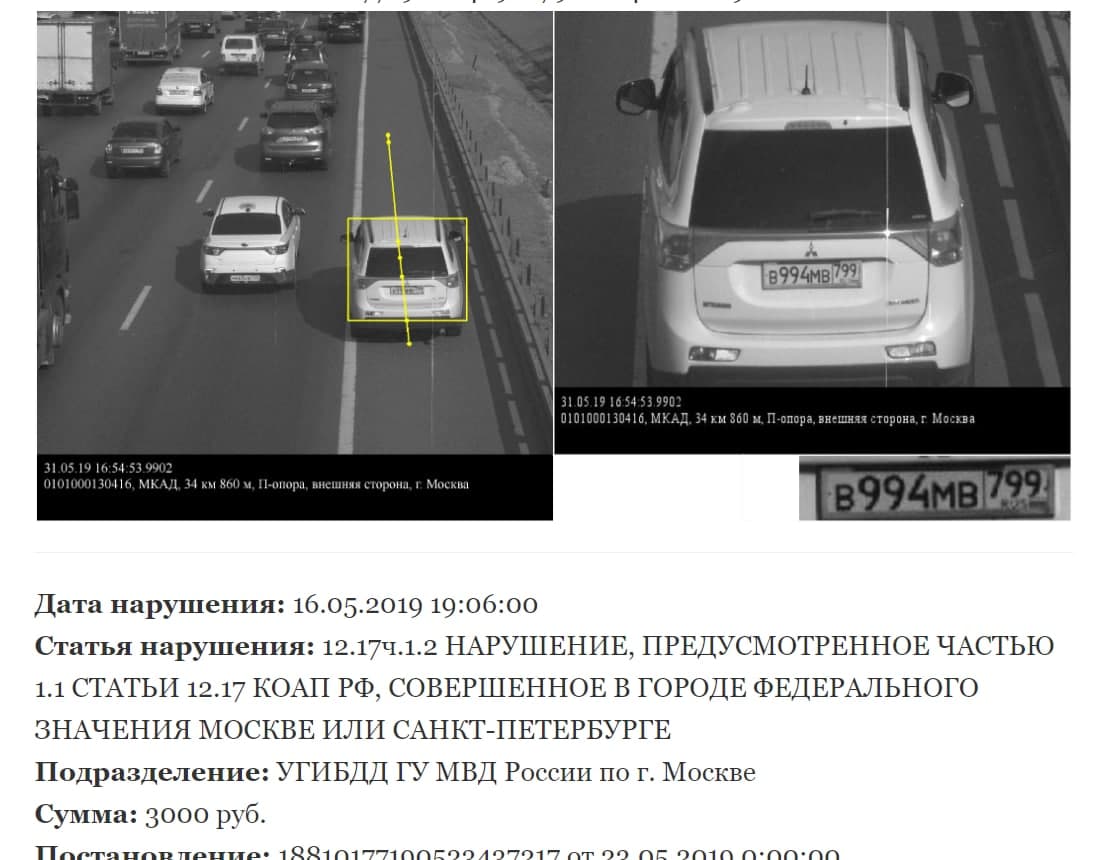

Kuashev's phone records were cleansed -- likely by the FSB or another security service -- for the period right before his death. Our investigative team validated from his friends that there were calls to him at these times, but they were purged from his mobile records. 
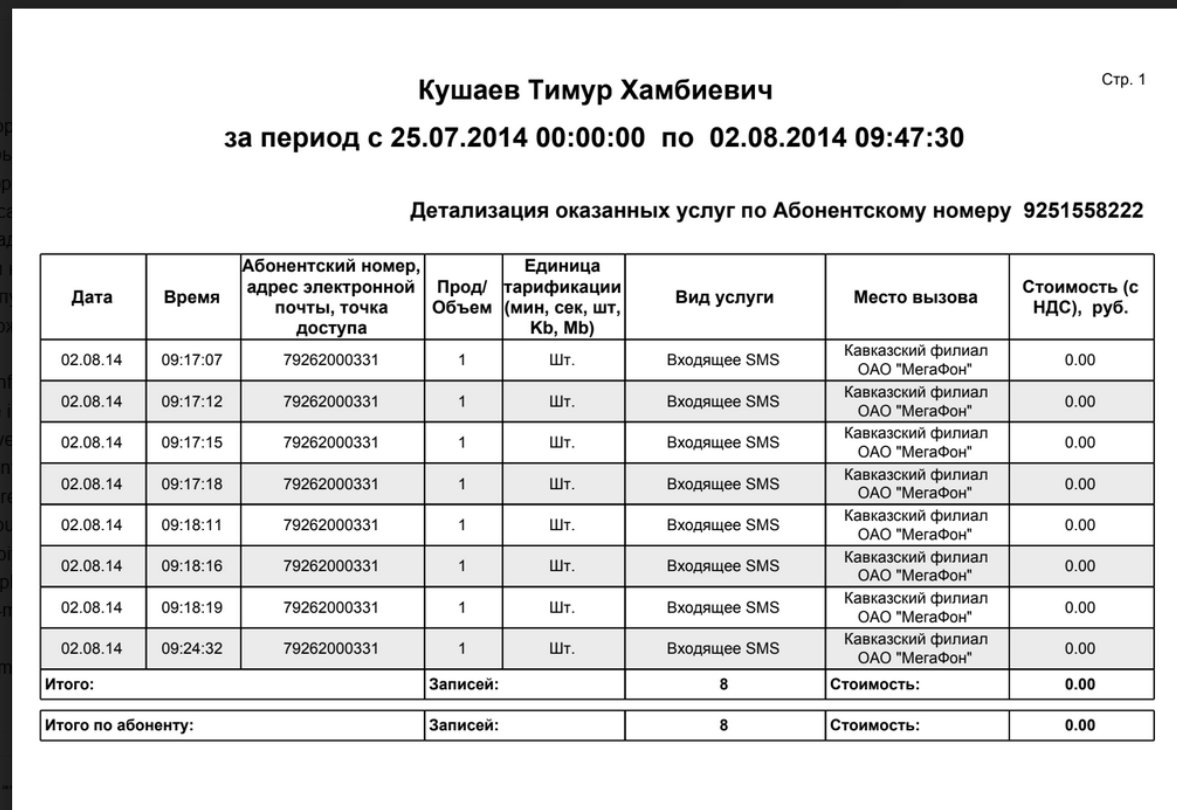
The second case: the death of Ruslan Magomedragimov, a Sadval activist from Dagestan. His body was found in March 2015, and his death was ruled a result of "heart failure".
Like Kuashev, the family of Magomedragimov noted injection wounds on his body.
Also as with Kuashev, there are a number of trips from FSB poison squad members to cities and airports near Magomedragimov shortly before his mysterious death. Kudryavtsev and Osipov visited the area in a similar pattern as they did with Kuashev. 

Lastly, and by far the most baffling, is the death of Nikita Isaev, a Kremlin-friendly activist and politician who died while on a train from Tambov in November 2019.
Isaev died in the early morning, with his final words: "I got poisoned, I think". Lab analysis showed no poison in his blood, and pointed to heart failure for the seemingly healthy 41-year-old man.
It's hard to find a motive for this death being a poisoning, but the travel itineraries of five members of the FSB poison squad cannot be ignored. They trailed Isaev all over Russia -- from Sochi, to Chelyabinsk, and even to Vladivostok -- in the lead-up to his death. 
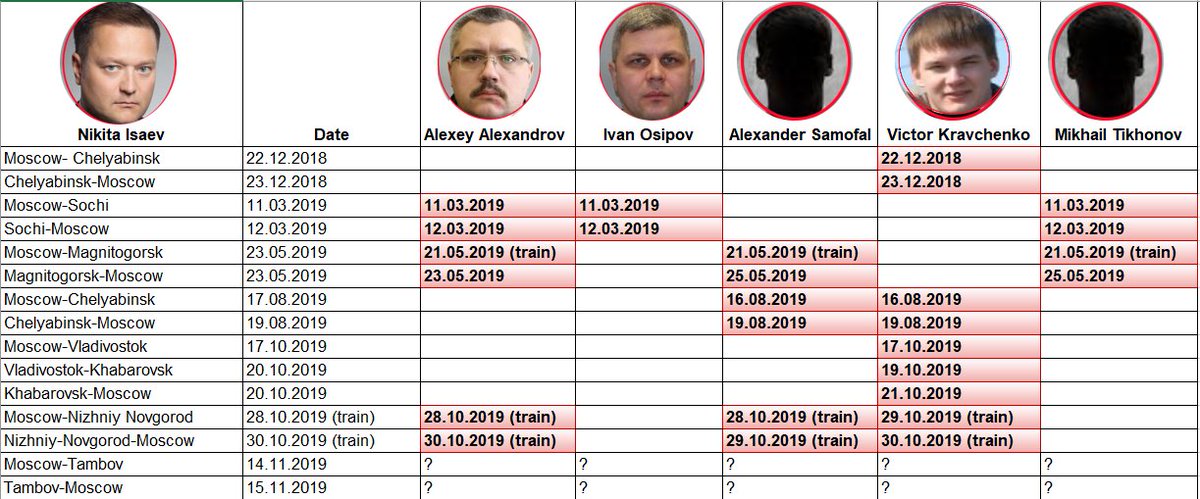
We can only speculate and guess as to why Isaev could have been targeted (read our full investigation for some ideas on this), but the overlapping trips speak for themselves.
You can read the full investigation here: bellingcat.com/news/uk-and-eu…
• • •
Missing some Tweet in this thread? You can try to
force a refresh



